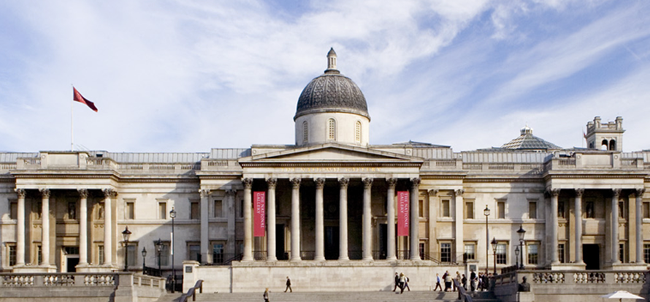
The National Gallery Library was established in 1870 with the purchase of the private library, consisting of some 2,000 volumes, of Sir Charles Eastlake (1793-1865), first Director of the National Gallery. It now contains around 100,000 printed volumes relevant to the study of the history of paintings in the Western European tradition from the 13th to the early 20th century.
Eastlake had been Director of the Gallery since 1855 and an avid book collector since his youth. He lived for a number of years in Rome as a practising artist, where he associated with German as well as Italian artists and art historians. During his ten years as Director of the National Gallery, he made annual trips to continental Europe, especially to Italy, chiefly to acquire paintings for the Gallery, but also along the way collecting books to add to his library. Being fluent in several European languages, he acquired books in English, French, German, Italian, Spanish and Dutch. In 1865 Eastlake died, still in post as Director, in the middle of one his tours of Italy. His widow Lady Eastlake wished to ensure that his pioneering work at the National Gallery would continue and be respected. After some negotiating, she sold the library to the Gallery, on condition that it be known as ‘The Eastlake Library’. She personally stamped every volume with a distinctive (E) stamp on Valentine’s Day 1870, which makes it very easy for us to identify the books. The Eastlake Library has been the heart of the National Gallery Library collections ever since its acquisition.
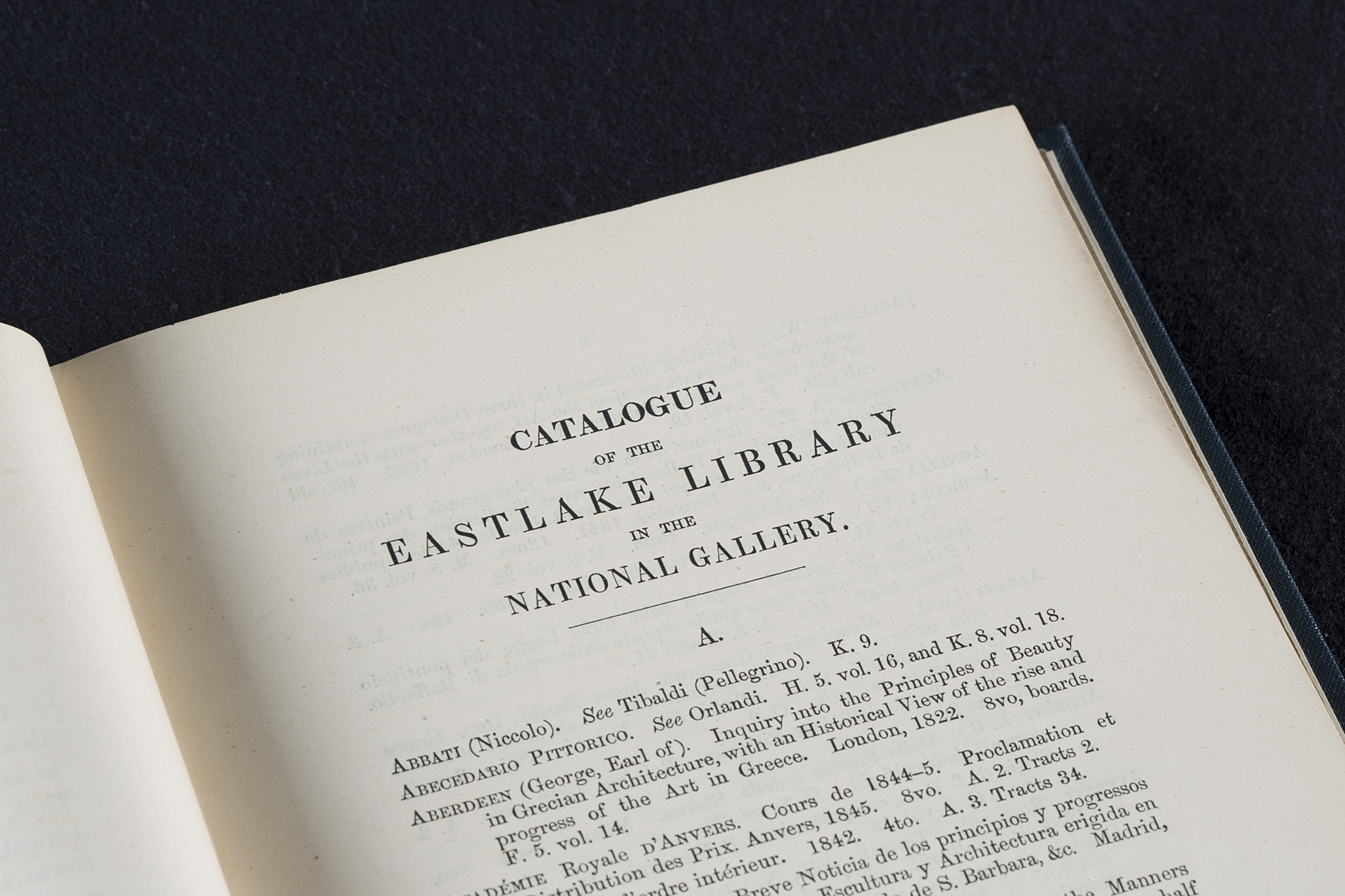
As part of the process of acquiring the Eastlake Library back in 1870, a printed catalogue was compiled by a bookseller, George Green, and published in 1872. The original Eastlake Library numbers some 2,030 volumes covering a wide range of publications and formats: monographs, collection and auction catalogues, treatises, periodicals, technical and travel literature, pamphlets, offprints, as well as a few manuscript volumes, mainly transcripts of unpublished source materials. These reflect Eastlake’s broad-ranging interests in the developing field of art history, especially in relation to his concerns about attribution and provenance research, and in the history of artistic techniques. Although a working library for research rather than a rare books collection, the Library includes two incunabula, one of which is the famous Hypnerotomachia Poliphili printed in Venice in 1499. There are also numerous titles which are either unique or held in few libraries either in the United Kingdom or worldwide. A good number of the volumes are annotated by Eastlake himself, especially the guidebooks and catalogues which accompanied or derived from his travel to the European continent.
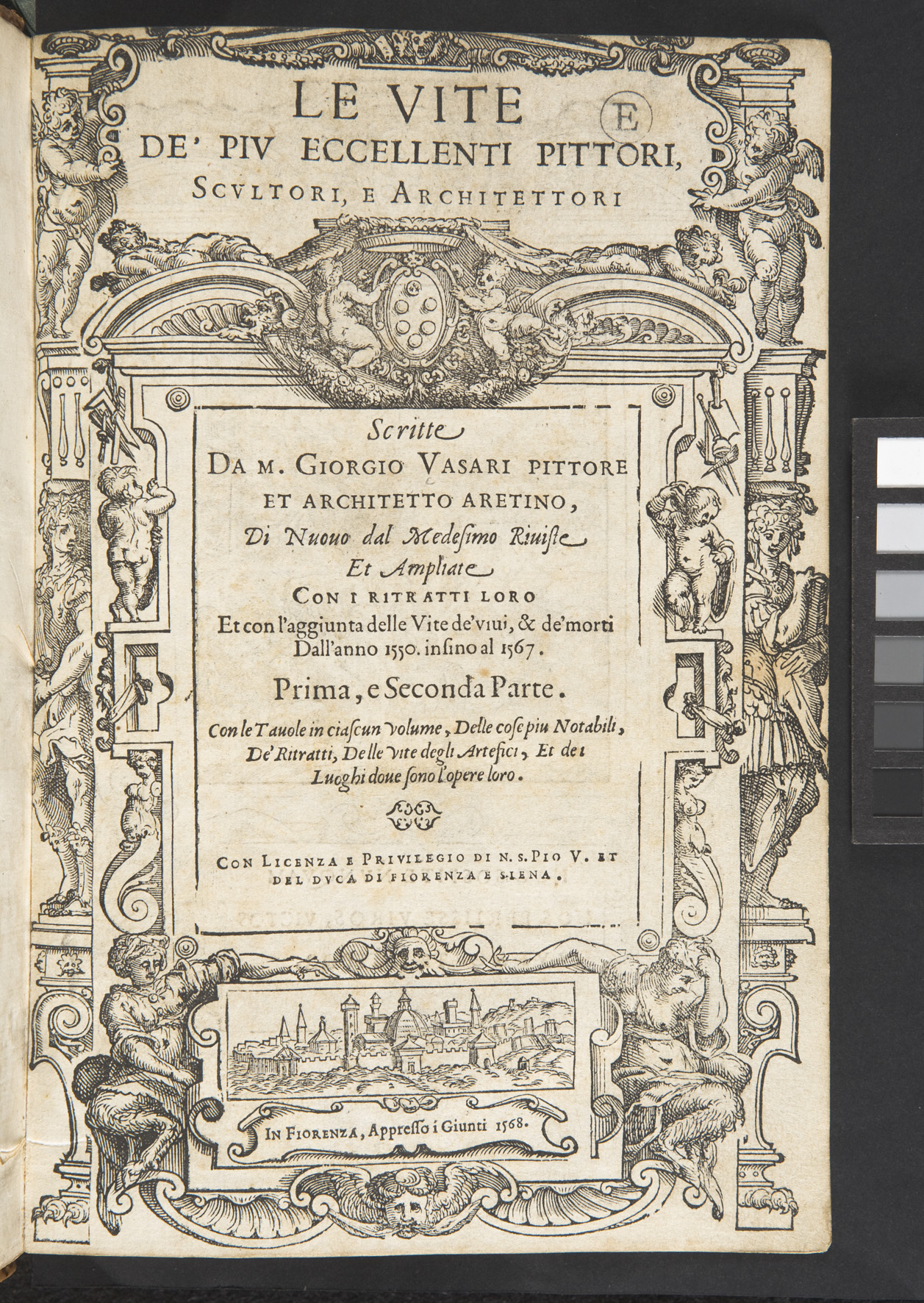
There are standard biographical works of art history such as Vasari’s Vite de’ più eccellenti architetti, pittori, et scultori italiani, of which he collected both the first edition of 1550 and also the expanded second edition of 1568. There are also treatises on the theory and practice of painting and the arts: one example is a Spanish work of 1763 with chapters on geometry, human anatomy, animals and birds, and architecture.
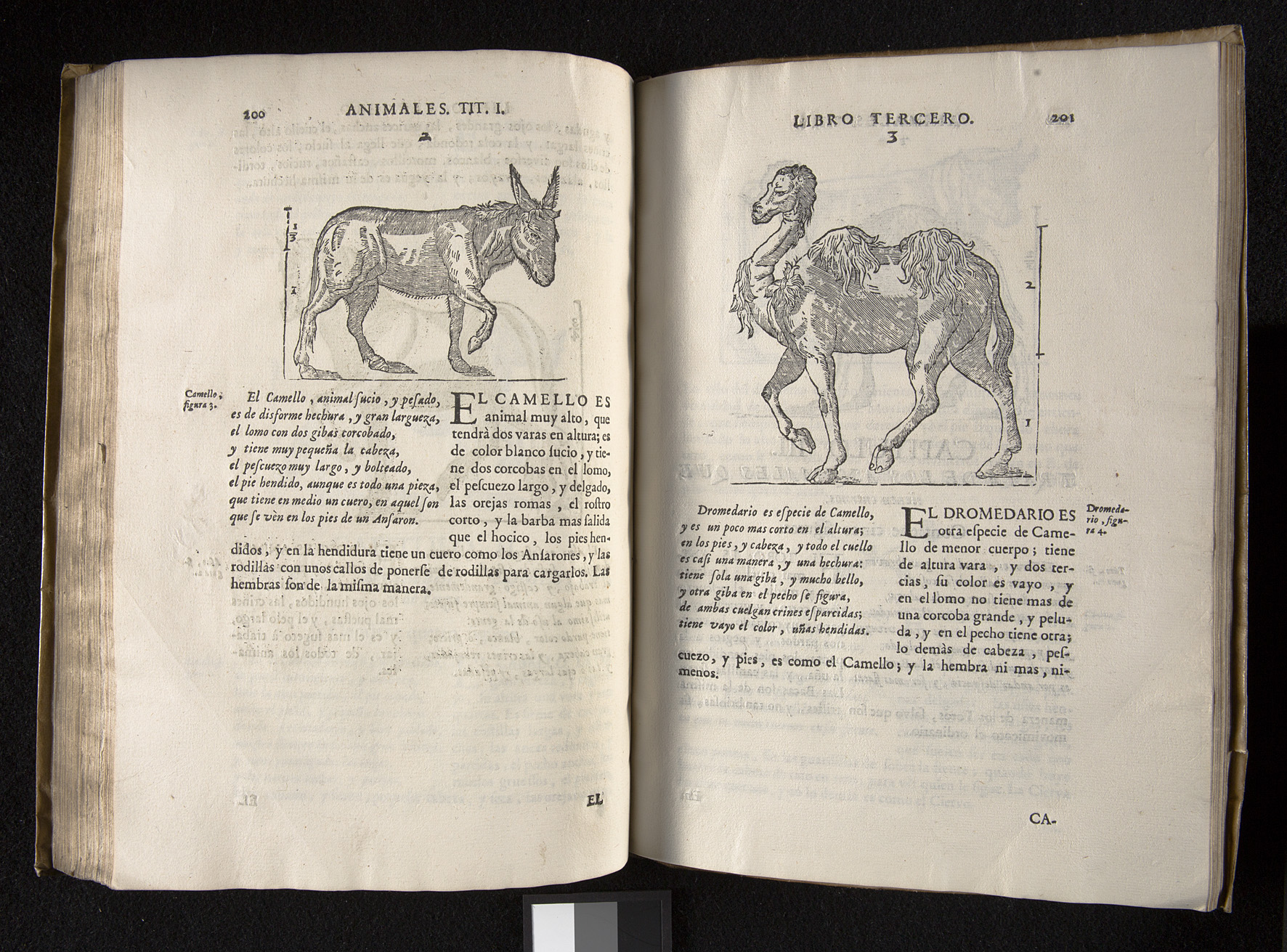
In 1847 Eastlake himself published a pioneering monograph on technical art history, Materials for a History of Oil Painting. His interest in this emerging field is reflected in the presence in his library of publications such as a painter’s manual published in Leipzig in 1532, a remarkably clean copy given that most surviving copies knocked around in painters’ workshops for generations until they fell apart.
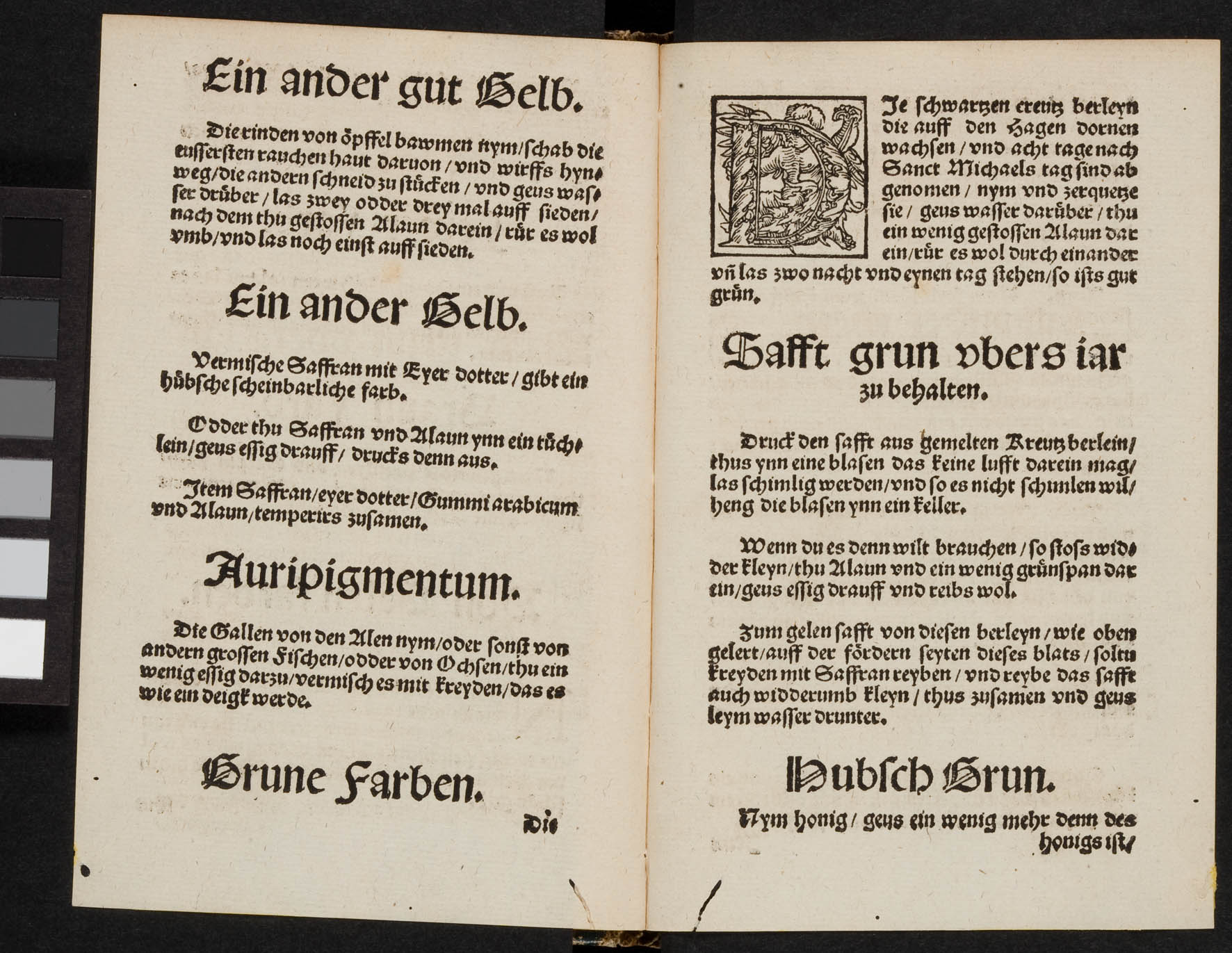
He also collected manuscript sources in the form of transcripts or published editions. One of the most studied texts for technical art history was Cennino Cennini’s Il Libro dell’Arte, probably written in the late 1390s: the Library possesses the first English translation by Mary Merrifield with a very colourful frontispiece, published in 1844.
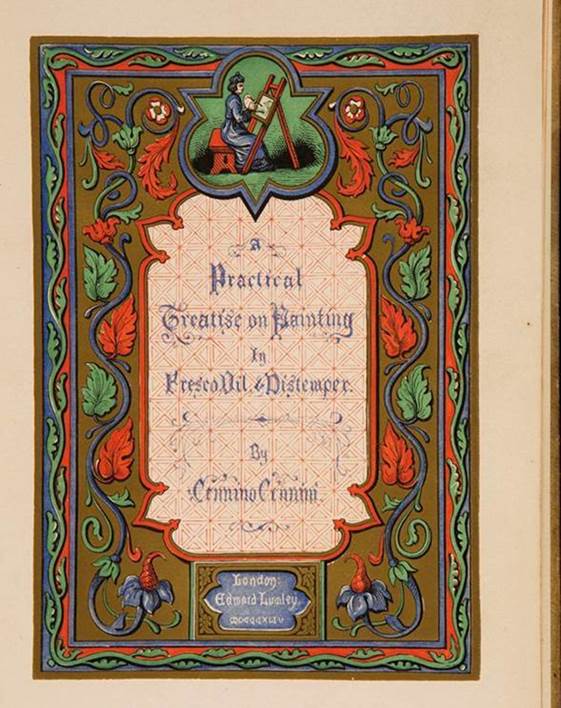
The National Gallery Library is open to researchers needing to consult items in the library’s collection which may not be reasonably accessible in other libraries. For more information, please consult our web pages.
Jonathan Franklin, Librarian
You can also find out more about the library on their Copac information page, and browse their records by selecting the Main Search tab on Copac and choosing ‘National Gallery Library’ from the list of libraries.
Categories

